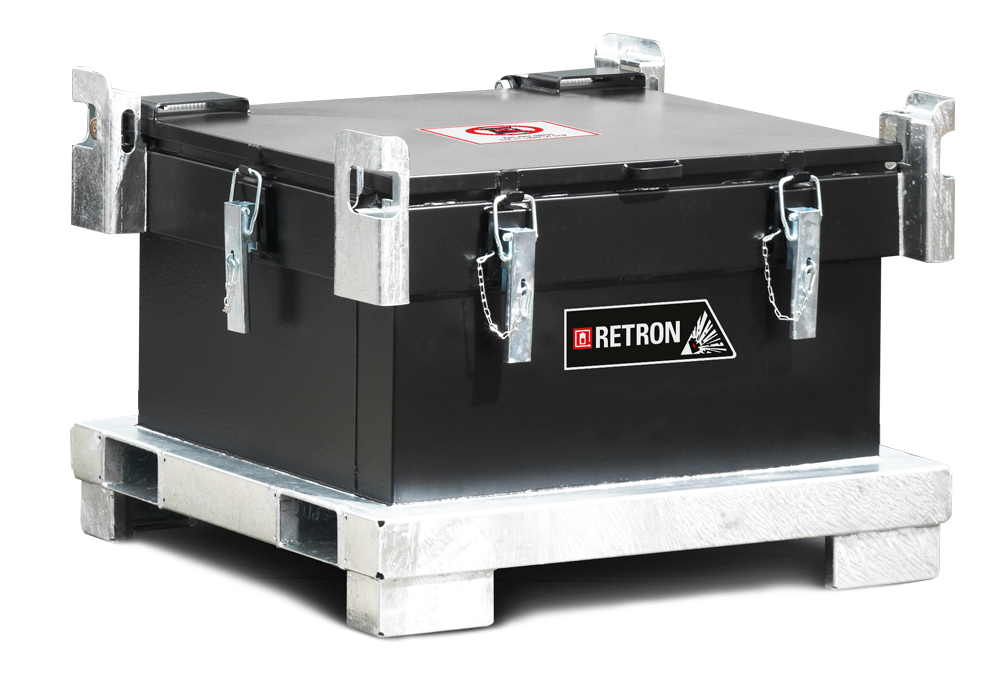This is something that the Korean tech firm Samsung discovered to its chagrin in 2016 when several users saw their Note 7 smartphone burst into flames. This technical problem – including the damage to the company’s image – is just one well-known example of the dangers posed by modern lithium-ion batteries.
Lithium is highly reactive, ignites easily and, once alight, cannot be put out. Manufacturers have taken battery management measures to ensure the highest levels of safety. Users, however, often handle their devices incorrectly (for example, charging them for too long or letting the battery run down completely), resulting in the structure of the battery being permanently damaged. Even the tiniest production error can also cause problems.
Which is why transporting and recycling batteries correctly is a complex subject that covers a whole range of topics including fire protection and waste management law. One of the consequences of electrification has been that many companies have suddenly found themselves having to face such issues for the very first time.
Bike retailers, for example, are now obliged by law to not only take back used e-bike batteries but also lithium batteries from all other appliances – even if they do not actually sell such devices in their shops. The same is true for DIY stores and shops selling electrical equipment. They must all meet the requirements specified in the Battery Law, which imposes a general take-back obligation on retailers in order to increase collection rates. The older the batteries, the greater the risk that they are damaged – something that is impossible for the users or the retailers to see.
Recycling specialists like REMONDIS’ subsidiary RETRON have taken up this challenge and developed systems that (a) ensure retailers can store the returned batteries in special boxes safely until they are collected, (b) enable the batteries to be transported safely to the waste management and recycling plants and (c) confirm the retailers have met their statutory obligations and sent the batteries for proper treatment.

You can find more information here: www.retron.world
You can find more articles on batteries here:
Image credits: © RETRON






